Published by FindMyMarathon.com
April 16, 2025
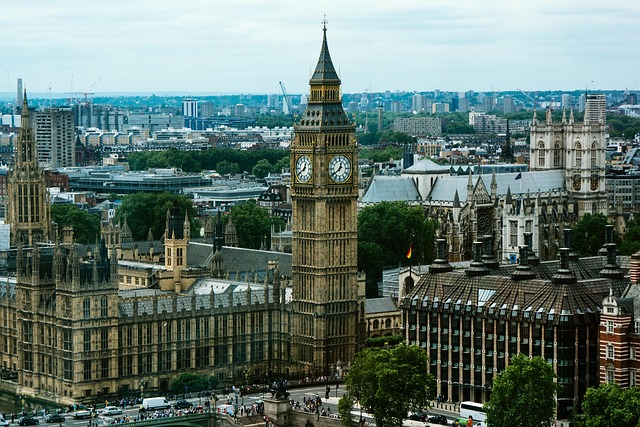 The TCS London Marathon is one of the most iconic races in the world—a historic tour through one of the globe’s most famous cities. With its flat-to-rolling profile, legendary landmarks, and electrifying crowd support, London is a perfect course for runners chasing a personal best, a Boston qualifier, a World Marathon Major Star, or simply an unforgettable experience.
The TCS London Marathon is one of the most iconic races in the world—a historic tour through one of the globe’s most famous cities. With its flat-to-rolling profile, legendary landmarks, and electrifying crowd support, London is a perfect course for runners chasing a personal best, a Boston qualifier, a World Marathon Major Star, or simply an unforgettable experience.
But make no mistake: while London isn’t a hilly course, it isn’t exactly flat either. With sneaky inclines, a crucial early descent, and sections that can pull you off your pacing strategy, it demands thoughtful race execution.
Let’s break it down into it’s major sections—with pacing strategy, landmarks to watch for, crowd considerations, and how a FindMyMarathon.com Pace Band tailored to this course can be the ultimate tool to stay locked in on your goal.

Section 1: The First 10K (Start to Mile 6.5)
Key Features:
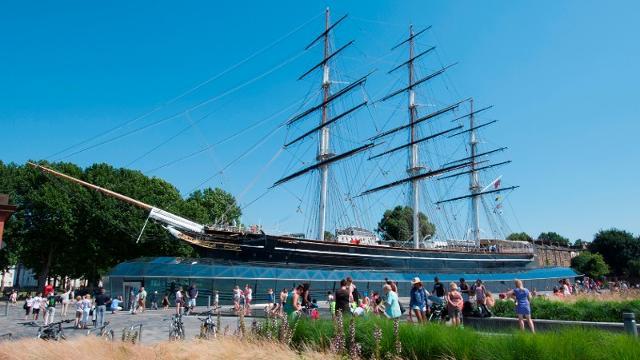
The race begins with excitement—and congestion. The first mile is often crowded and chaotic, so settle in and don’t waste energy weaving – if you do, you’ll inevitably pay for it later in the race. Around Mile 3, runners from the different starting areas merge. This is also where the biggest drop on the course hits—about 140 feet over about 1.25 miles. It’s easy to run too fast on this downhill, especially when you’re fresh and riding a wave of adrenaline.
Strategy Tip: Embrace the easier effort on the descent, but don’t let it drag you into a pace that’s substantially faster than your target. As soon as the course flattens again, bring your pace back under control. It’s easy to maintain that downhill pace when you’re still fresh this early in the race, but resist that temptation.
After the downhill, enjoy some early crowd support near the Royal Naval College and the Cutty Sark—a fan-favorite landmark around Mile 6.5 that’s absolutely packed with spectators.
Section 2: Over the Bridge (Miles 6.5 to 13)
Key Features:
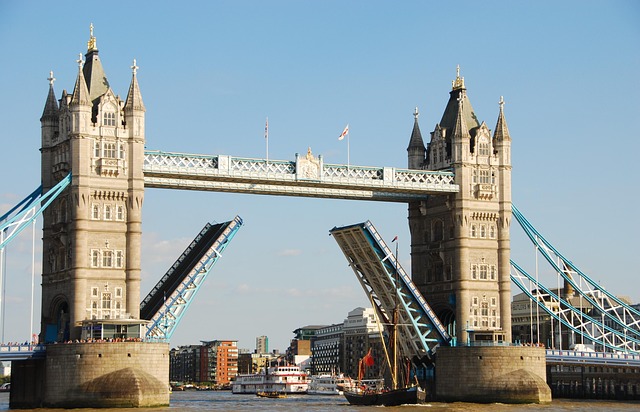
This stretch includes quieter neighborhoods but finishes with a bang. After turning past the Cutty Sark, settle into your race rhythm through Mile 10. Then, mentally prepare for the single most iconic moment of the race—Tower Bridge.
The crowd noise begins to build well before you see the bridge, and when it finally comes into view at Mile 12, it’s electric. The climb onto the bridge is short and manageable, but your heart rate might spike just from the excitement.
Strategy Tip: Soak in the Tower Bridge moment but don’t let the energy of the crowd push your pace faster. This is not the time to sprint by everyone—it’s the time to stay focused and on pace, knowing the halfway mark is just ahead.
Section 3: Canaries and Dogs (Miles 13 to 19.5)
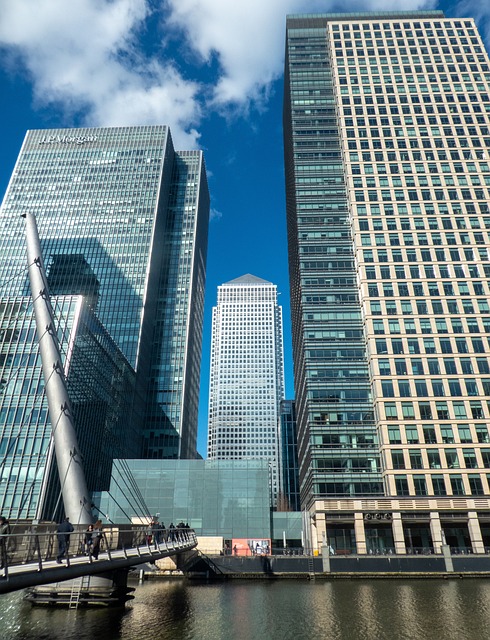
Key Features:
Once you cross Tower Bridge, the course turns and weaves its way east into the Isle of Dogs just past mile 15—a notoriously tricky section. Don’t be fooled by the relatively flat profile. This part of the course is filled with subtle inclines and turns through older neighborhoods and the skyscrapers of Canary Wharf after leaving the Isle of Dogs.
Some runners find this section mentally tough, but it’s also a place where smart pacing can pay dividends. Stay calm, focus on running your tangents, and trust your effort—GPS watches often go haywire in this stretch.
Strategy Tip: If you are using a GPS watch, use manual lap splits and effort-based pacing through Canary Wharf. Don’t chase a virtual pace that’s being skewed by your GPS bouncing off glass buildings.
Section 4: Returning to the Tower (Miles 19.5 to 22.5)
Key Features:
If you’ve paced well, now’s the time to start thinking about a gentle acceleration toward the finish. The crowds begin to build again, and so should your effort. This stretch is flatter and faster, but many runners around you will be fading. You’ll pass Rainbow Row, with cheering fans and colorful sights giving you another jolt of energy.
Strategy Tip: This is a perfect time to negative split. If you feel strong, increase your effort level from here on out. Pass runners who didn’t pace properly with confidence.
Section 5: The Final Push (Miles 22.5 to 26.2)
Key Features:
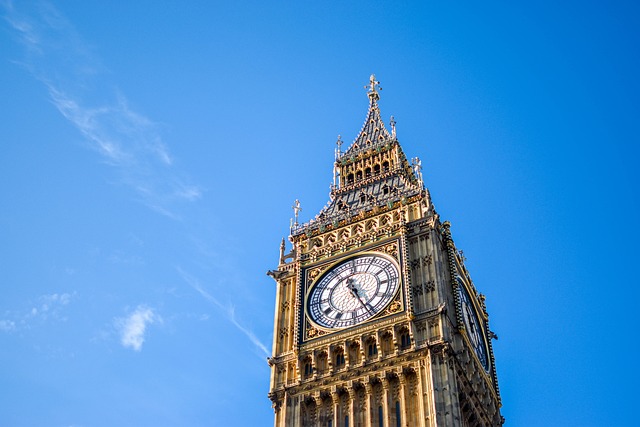
Now’s the time to stay locked in. You’ll pass the Tower of London on your left at about mile 23, and soon after, the course turns toward the Embankment—a long, straight final stretch.
Mile 24 takes you through Blackfriars Tunnel, a momentary break from the cheering but also a place to focus on footing. When you emerge, the roar returns and your eyes will be on Big Ben and Buckingham Palace. The final stretch along The Mall is majestic.
Strategy Tip: If you’ve got anything left in the tank, let it fly in these final two miles. The energy of the crowd will help you find that final gear. Trust the work you’ve done and go get your finish.
The Key to Smart Execution: Your FindMyMarathon.com London Marathon Pace Band
The London Marathon is a race that rewards planning. Between the early downhill, rolling sections, and stretches of crowd-driven adrenaline, it’s easy to get off your race plan without even realizing it.
That’s why a FindMyMarathon.com London Marathon Pace Band is essential to have on race day.
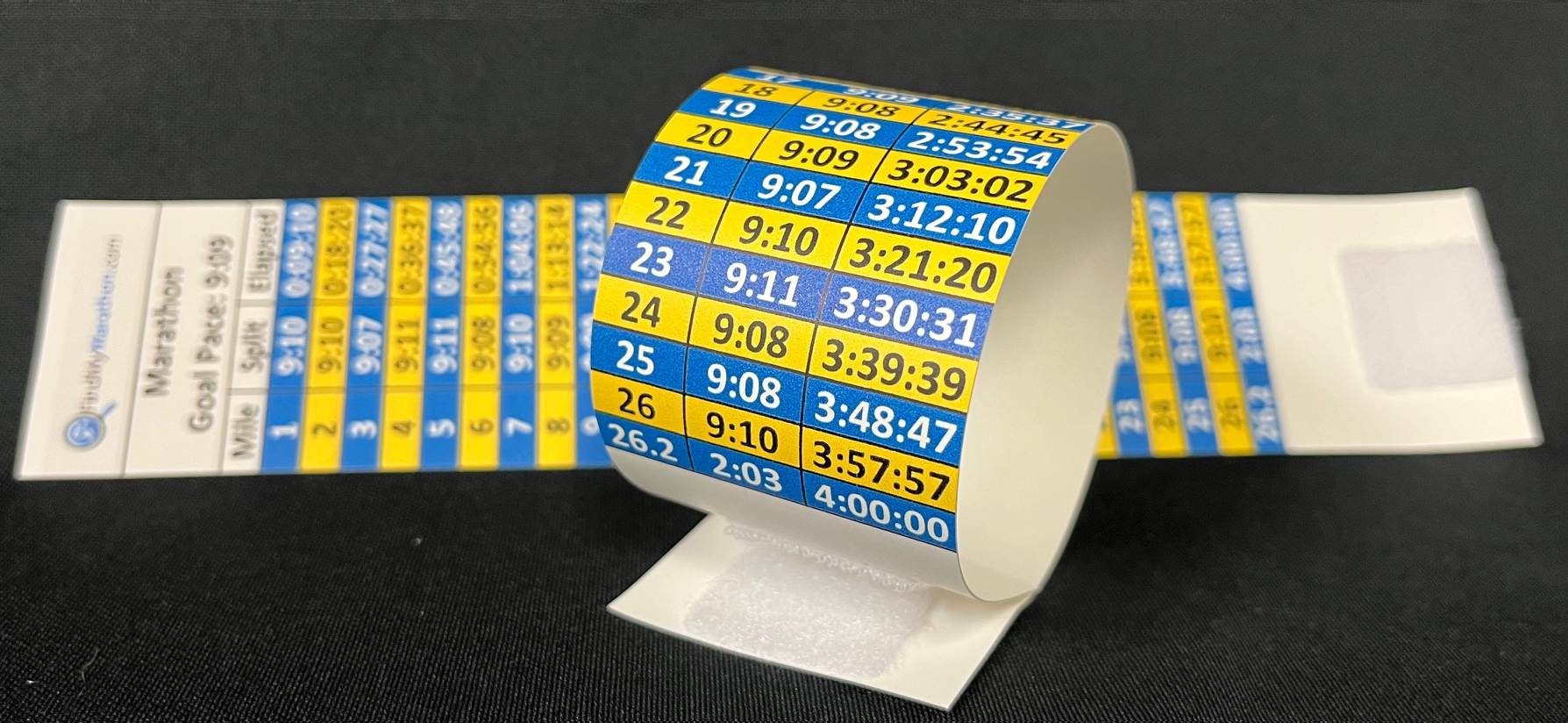
Our pace bands are custom-built for the London Marathon’s elevation profile. Whether you're targeting a sub-3:00, sub-4:00, or just looking to break your PR, we’ll break down your splits mile by mile (and kilometer by kilometer) based on the unique pacing demands of this course. And if you have your own pacing in mind, you can also build a pace band using our Custom Pace Bands where you input your own splits.
You’ve done the training. Let us handle the pacing.
Final Thoughts
The London Marathon isn’t just another 26.2—it’s a run through history, fueled by world-class support and unforgettable moments. But to truly conquer this course, you need more than fitness. You need a strategy. Know the course, respect the terrain, and pace it smart from the start.
Plan for a negative split, mind the early downhill, trust your training, and most importantly—wear your FindMyMarathon.com Pace Band to stay dialed in mile after mile.
See you at the Mall!
Q: What is the elevation profile of the London Marathon?
A: The London Marathon course is mostly flat with a few subtle inclines, a notable early downhill, and some deceptive rollers in Canary Wharf.
Q: What is the best way to pace the London Marathon?
A: Start conservatively through the early downhill section, stay steady through Tower Bridge, and conserve energy for the mentally tough Canary Wharf stretch.
Q: Is the London Marathon a good race for a Boston Qualifier?
A: Yes, with its mostly flat course and excellent crowd support, the London Marathon is one of the better World Majors for runners targeting a BQ.
Q: How do GPS watches perform during the London Marathon?
A: GPS signals can be unreliable in Canary Wharf due to tall buildings; use effort-based pacing or manual splits in this section.